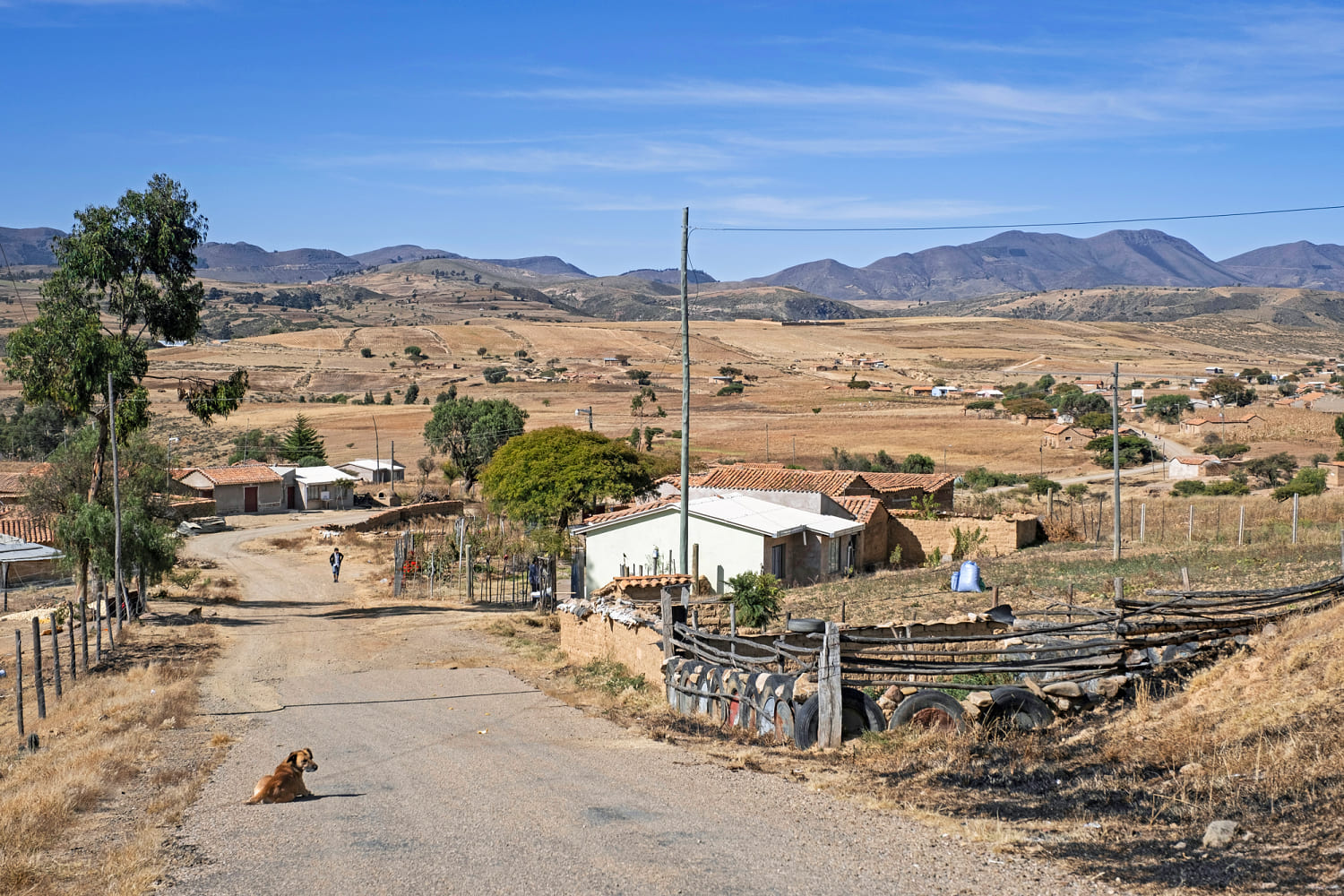
Freshwater essential to lithium mining is running low in the world’s “Lithium Triangle,” a mineral-rich region in the Andean Plateau that stretches across parts of Argentina, Bolivia and Chile and contains more than half of all global lithium reserves.
In a study published last week in the journal Communications Earth and Environment, researchers found that the amount of freshwater locally available for lithium extraction is about 10 times lower than previous estimates. Global lithium demand, which is expected to grow by 40 times by 2040, could outpace the limited annual rain that supplies freshwater to the arid Lithium Triangle.
The paper’s authors urged the lithium industry to reduce their freshwater usage and avoid disrupting mining operations, which rely heavily on freshwater availability, consuming up to 500,000 gallons of water to extract one ton of lithium. In the Lithium Triangle, freshwater also supports agriculture for small, Indigenous communities and sustains wetlands that are home to short-tailed chinchillas, wild camelids and pink flamingo species found nowhere else in the world.
“Water is the most important resource in these systems, and it’s the part of the system that is most sensitive to change,” David Boutt, an author of the paper and a professor of geosciences at the University of Massachusetts-Amherst, said. “I’m optimistic that, through research and development, companies can be more water efficient, especially when driven by the market.”
While water drives life and industry in the Triangle, lithium is critical to the global regulatory push for electrification and the growth of clean technology industries. The mineral is an essential component for batteries that power electric vehicles and store energy generated by renewable sources like solar panels and windmills.
The need for lithium batteries is projected to quadruple by 2030, according to the International Energy Agency. Some industry experts are concerned that companies will not be able to meet growing demand, as lithium mines face permitting delays and long procedures to bring mines into operation on top of issues with resource availability.
“We need more lithium sources to come online to meet the demand we’ll see by 2030,” said Michael McKibben, a professor of geology at the University of California, Riverside. “Mineral extraction is a slow, tedious process. That’s why prices are so volatile — demand goes up, but the supply can’t respond instantaneously.”
In the Lithium Triangle, freshwater plays a crucial role in determining the supply of lithium available for mining. Rain washes lithium and other minerals down from rock formations into deep basins carved into the flat Andean Plateau. The process, which takes place over millions of years, creates brackish lagoons filled with lithium-rich waters.
Mining companies extract lithium fluid from the lagoons and concentrate the mineral with evaporation methods — which use copious freshwater drawn from nearby aquifers. Water levels in these aquifers depend on the annual rains, which can bring as little as 20 millimeters of precipitation (0.8 inches) in some parts of the Lithium Triangle.
Boutt says that limited meteorological data from a lack of weather stations in the remote Andean Plateau has made it difficult to capture how much freshwater actually flows to these lithium-rich lagoons and the surrounding areas. He added that widely used global hydrologic models that rely on this sparse data have vastly overestimated the freshwater supply in the region.
The model developed by Boutt and his team looked at freshwater in 28 different watersheds across the Lithium Triangle, drawing from field observations as well as national meteorological data and mining industry reports. Boutt says that it provides a more complete picture of freshwater flow into the lithium-rich area.
Research on water and resource availability for lithium mining operations has a long way to go. In the U.S., mining operations at the nation’s only operating lithium mine in Silver Peak, Nevada, have been the subject of criticism for significant and prolonged freshwater pumping in the often drought-stricken region.
Vanessa Schenker, a researcher with the Institute of Environmental Engineering at ETH Zurich, a Swiss university, says that there needs to be more research on the hydrology of lithium-rich regions around the world.
“On top of how much water lithium mines are using, we also need to examine the entire supply chain for lithium and think of components such as chemical processing and transport,” she said. “Understanding the Lithium Triangle will help us understand other systems globally.”





